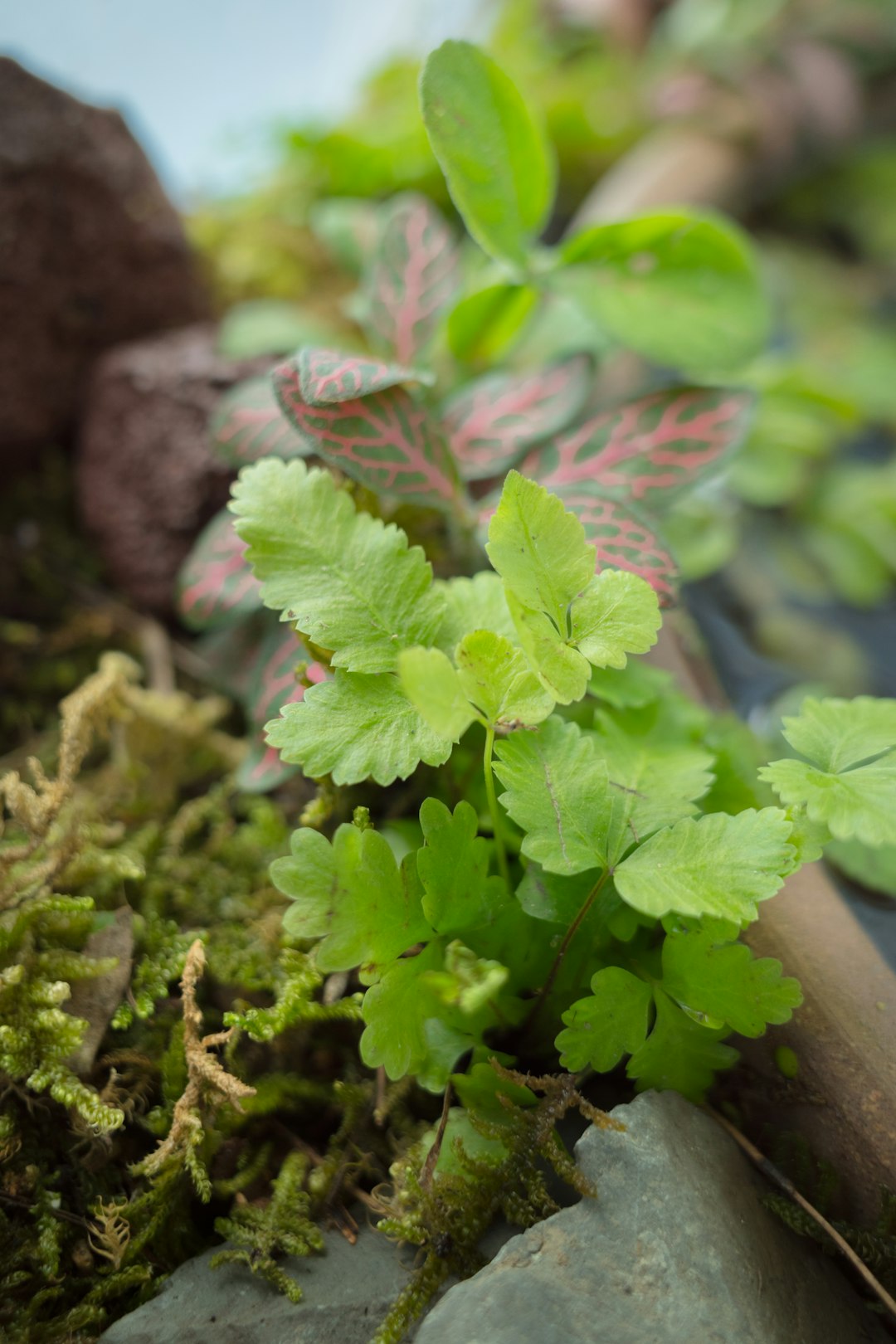Unveiling the Secrets of Growing Exquisite Plumeria

Plumeria, a tropical tree and shrub, is renowned for its delicate, fragrant flowers that can transform any garden into a paradise. In this guide, we will explore the ins and outs of growing plumeria successfully, ensuring that you can enjoy the beauty and aroma of these stunning plants in your own outdoor space.
Understanding Plumeria
Plumeria belongs to the Apocynaceae family and is native to tropical regions such as Central America, the Caribbean, and South America. These plants are known for their thick, succulent branches and large, leathery leaves. The flowers come in a variety of colors, including white, yellow, pink, and red, and they emit a sweet, intoxicating fragrance that is especially strong in the evening.
Choosing the Right Location
One of the most important factors in growing plumeria is selecting the right location. Plumeria thrives in full sun, so choose a spot in your garden that receives at least 6 to 8 hours of direct sunlight per day. They also prefer well - drained soil, as they are susceptible to root rot if the soil is too wet. If your soil is heavy or clay - based, consider amending it with sand, perlite, or compost to improve drainage.
Planting Plumeria
When planting plumeria, you can start with either a cutting or a potted plant. If you are using a cutting, allow it to dry for a few days to a week before planting. This helps to prevent rot. Dig a hole that is slightly larger than the root ball or the cutting. Place the plant in the hole and backfill with soil, gently tamping it down around the base of the plant. Water the newly planted plumeria thoroughly.
Watering and Fertilizing
Plumeria has moderate water needs. During the growing season (spring and summer), water the plant deeply once a week, allowing the soil to dry out slightly between waterings. In the fall and winter, reduce watering to once every two to three weeks, as the plant goes into a semi - dormant state. Fertilizing is also crucial for healthy growth. Use a balanced, slow - release fertilizer formulated for flowering plants. Apply the fertilizer according to the package instructions, usually every 4 to 6 weeks during the growing season.
Pruning
Pruning plumeria helps to maintain its shape, promote new growth, and increase flower production. The best time to prune is in the late winter or early spring, before the plant starts to actively grow. Use sharp, clean pruning shears to remove any dead, damaged, or diseased branches. You can also prune to control the size of the plant or to encourage a bushier growth habit.
Pest and Disease Control
Plumeria can be affected by a few pests and diseases. Common pests include aphids, mealybugs, and spider mites. You can control these pests by using insecticidal soap or neem oil. For diseases such as black tip fungus or rust, ensure good air circulation around the plant and avoid overhead watering. If necessary, use a fungicide according to the label instructions.
Overwintering
In regions with cold winters, plumeria needs to be protected from frost. If you live in a climate where temperatures drop below freezing, you can bring potted plumeria indoors. Place them in a cool, dark place, such as a garage or basement, and reduce watering. For in - ground plants, you can cover them with a frost blanket or burlap to protect them from the cold.
Propagation
Propagating plumeria is relatively easy. The most common method is by taking cuttings. Select a healthy branch that is at least 12 inches long. Cut the branch at a 45 - degree angle and remove the lower leaves. Allow the cutting to dry for a few days before planting it in a well - drained potting mix. Keep the soil moist but not soggy, and in a few weeks, roots should start to develop.
In conclusion, growing plumeria can be a rewarding experience. By following these guidelines on location, planting, watering, fertilizing, pruning, pest control, overwintering, and propagation, you can enjoy the beauty and fragrance of these tropical trees and shrubs in your garden for years to come.